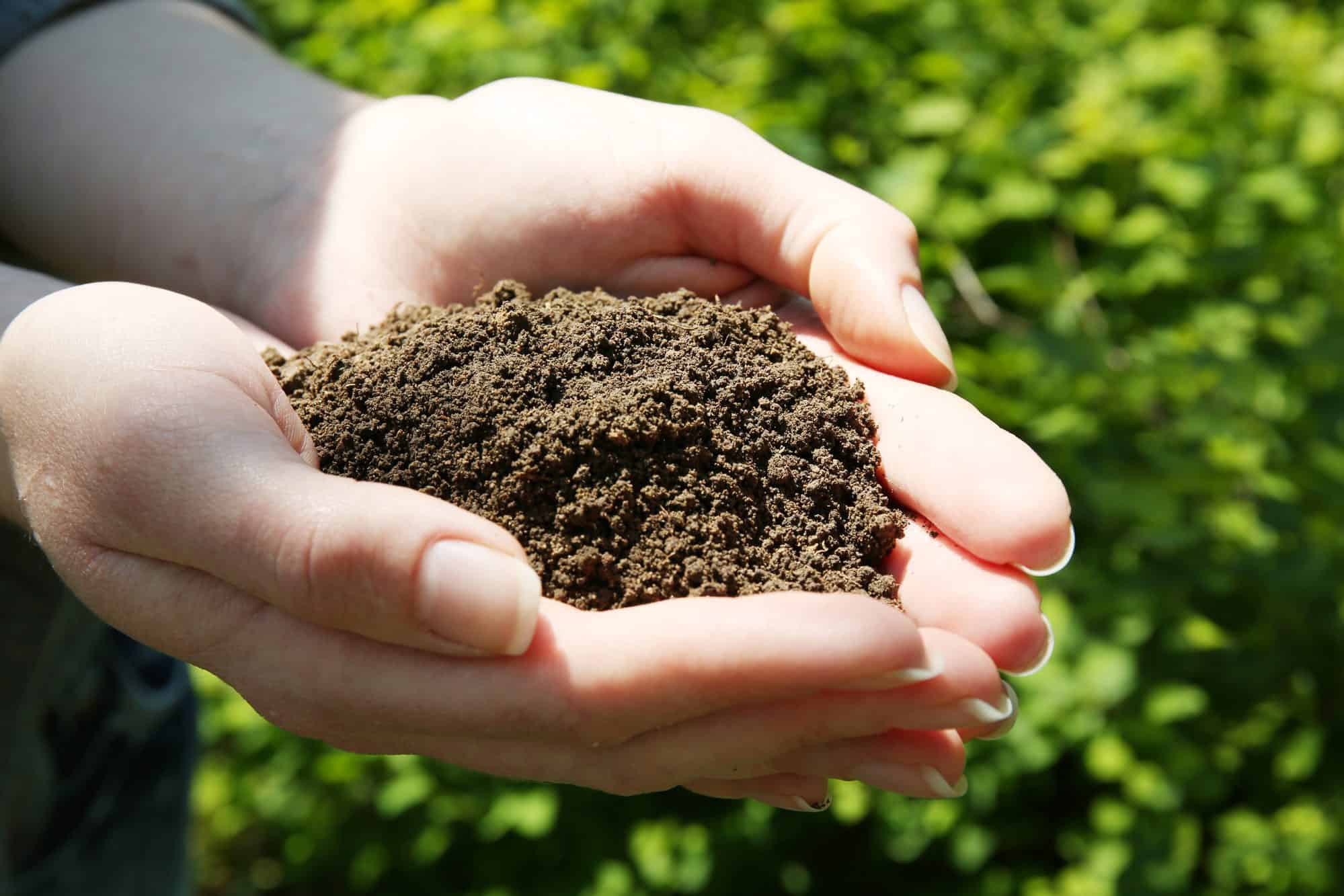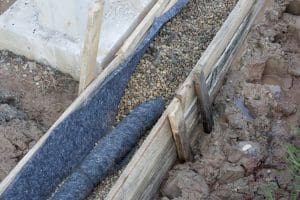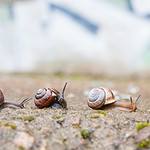
How Soil Health and Pest Control Go Hand in Hand
Looking for natural and cost-effective ways to control pests in your yard? The solution may not need chemicals at all!
Soil serves as the foundation for any successful landscaping project, influencing the overall health of plants and their ability to resist pests.
Healthy soil is a living, dynamic entity teeming with microorganisms, beneficial bacteria, and fungi, forming a complex web of interactions that foster plant growth. When soil is well-balanced, it provides plants with the nutrients they need to thrive, making them more resilient to pest attacks. How can you balance soil health? Read on!
Moisture Distribution

One key aspect of soil health is maintaining proper moisture levels. Well-draining soil prevents waterlogged conditions that can attract harmful pests like root-rot-causing fungi and nematodes.
Additionally, aeration in healthy soil allows for the free movement of water and nutrients, ensuring plant roots remain strong and resistant to pest infestations.
Ways to Improve Soil Drainage and Aeration
- Organic Matter: Incorporate compost, well-rotted manure, or other organic amendments into the soil.
- Mulch: Apply a layer of organic mulch (such as straw, wood chips, or bark) around plants. Mulch helps regulate soil temperature, prevents compaction, and retains moisture to promote airflow.
- Tilling and Spading: Periodically till or spade the soil to break up compacted layers. Be cautious not to over-till, as excessive disruption can harm soil structure.
- Drainage Systems: In areas prone to waterlogging, consider installing drainage systems like French drains or perforated pipes to redirect excess water away from the root zone.
- Landscaping Stones: Like mulch, river rocks, and pebbles are perfect for distributing moisture evenly and improving soil aeration. Pebbles get extra points because they are long-lasting and easy to maintain.
Native Plants For Your Garden
Choosing the right plants for your soil type and region is another integral part of the soil-pest control nexus. Native plants, adapted to the local soil conditions, are often more robust and better equipped to resist pests than exotic species. By creating a landscape that mirrors the natural ecology of the area, you establish a self-sustaining environment where pests are less likely to thrive.

Not All Insects Are Pests
You might not be a fan of creepy crawlies in general, but some species are your allies in the garden, helping to fight destructive pests.
Beneficial insects and microorganisms, such as predatory nematodes and soil-dwelling beetles, find refuge in well-balanced soil. These allies act as a first line of defense, preying on harmful pests and maintaining a balanced ecosystem that minimizes the need for chemical interventions.






Leave a Reply